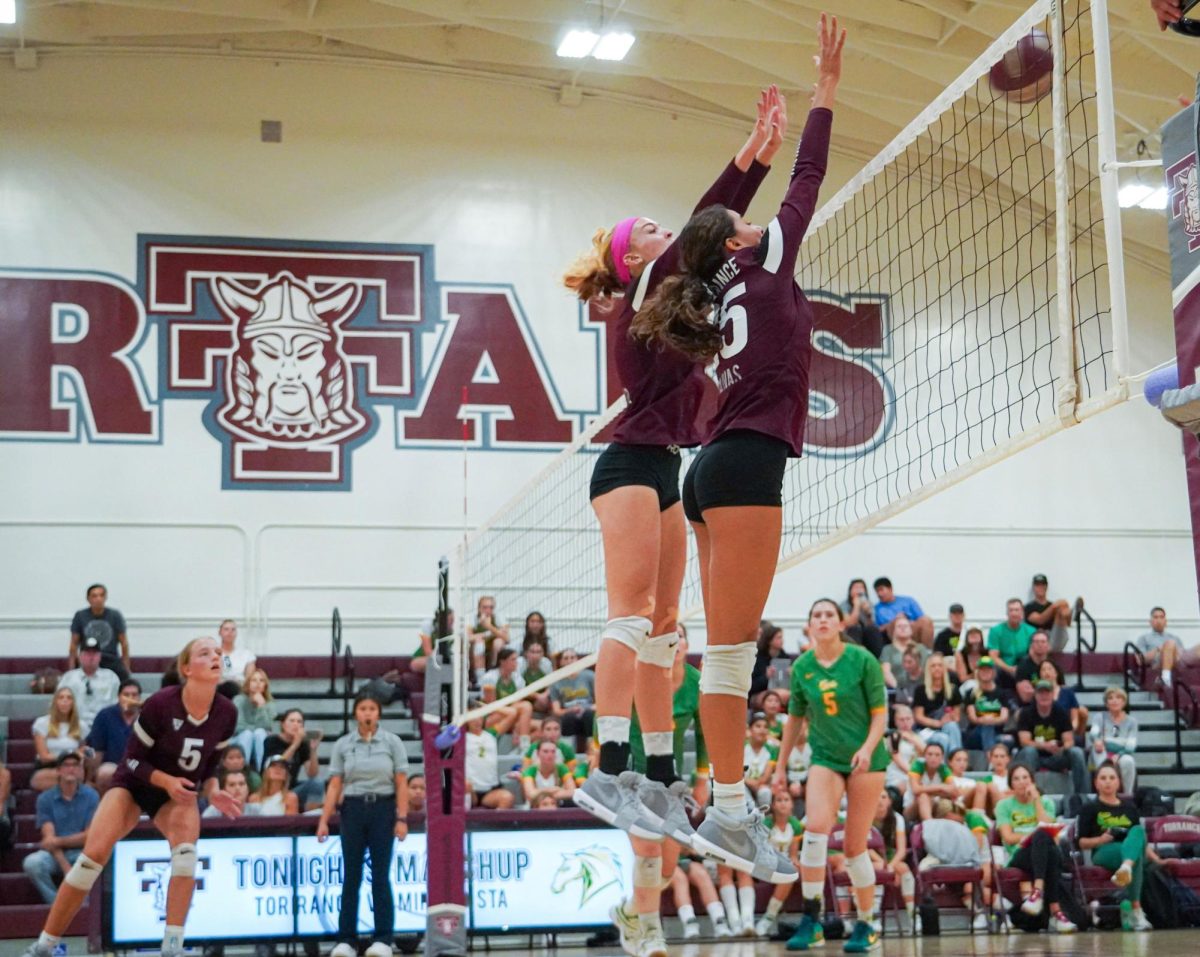The showing of “Geek!” has just ended at Torrance High School – a spectacle of all kinds of themes bunched together into an amazing, nerdy show. Stage tech is an integral part of having a theatrical production, but it’s often overlooked by the amazing performance of the actors. Despite this, without stage tech, a show can drastically change in quality. So let’s take a look into one of the branches of Stage Tech: sound!
As someone who’s part of the sound team, there are many different aspects when creating the sound for a production. Whether it’s designing the sound, creating cues or even down to something as simple as microphones, there is a very complex process that goes behind each. So let’s go through all the basic parts in sound design for theater! Starting with…
The Design
If there’s anything to be said about sound in theater, the first thought that comes to mind is likely the designing of the sound. Sound design is a very complex process that starts with the show itself.
First, it’s best to understand the show’s mood, emotions and tone. The sound can completely change the feeling of a scene. Whether it’s playful, intense or dramatic, using the right sounds for the right scenes is important in the construction of the show. Reading the script, watching the rehearsals a few times over and having a very good understanding of the show is extremely important. This starts the ideas of what songs would be good for which scenes or what sound effects would fit the mood of the scene best. Once you design it, you need to carefully put them together using a software called QLAB. QLAB lets you organize sound effects by scene and plug them into the sound machine. The sound system used in the THS Auditorium is called the QL5! Which brings us to the next part…
Microphones
THS theater often uses wireless microphones in our shows to amplify the voices of our actors. The microphone set up process isn’t simple and it isn’t done by students. A school official will come in to set it up for us on the machines.
Getting the microphone’s ready before the show is no easy task either. First, all batteries must be confirmed to be ready. We started using reliable, rechargeable double A batteries instead of throwaways to not be as wasteful and for them to generally be more reliable. These batteries must be charged the night before and will be inserted just before the show so we can guarantee proficient battery life throughout the show time.
Once actors get on their assigned mic, they will line up by number to do a mic check. Everyone will say their loudest and quietest line through the microphones on stage. This way, we know to make adjustments on volume for every actor and how much we should raise or lower their volume for this show. During the show, many adjustments and changes must be made in real time to adjust to the actors. On the topic of real time…
THE SHOW.
For sound, there are a few things that the person behind the machine must be aware of:
- Cues will be called. So keep an ear out on the stage manager calling cues.
- Volume adjustments on actors if they are too loud or too quiet.
- Scene changes. So turning mics on and off whether or not certain actors are on or off stage.
- Primarily, all of this is done by one person!
Sound does a lot of work to keep the show in order. They have many things to keep and mind and must know how or what to fix when issues arise. Unsurprisingly, mistakes can happen! But to fix these mistakes is what makes a good sound guy a great sound guy.
Sound design is a theatrical job that is most unappreciated. However, the work they do should be recognized as one of many important jobs in stage tech. Sound does a lot of work to keep the show in order and without it, many things would feel lackluster. It’s an integral part of the show and it should be significantly more appreciated and recognized as a necessary part of a theatrical production.






















